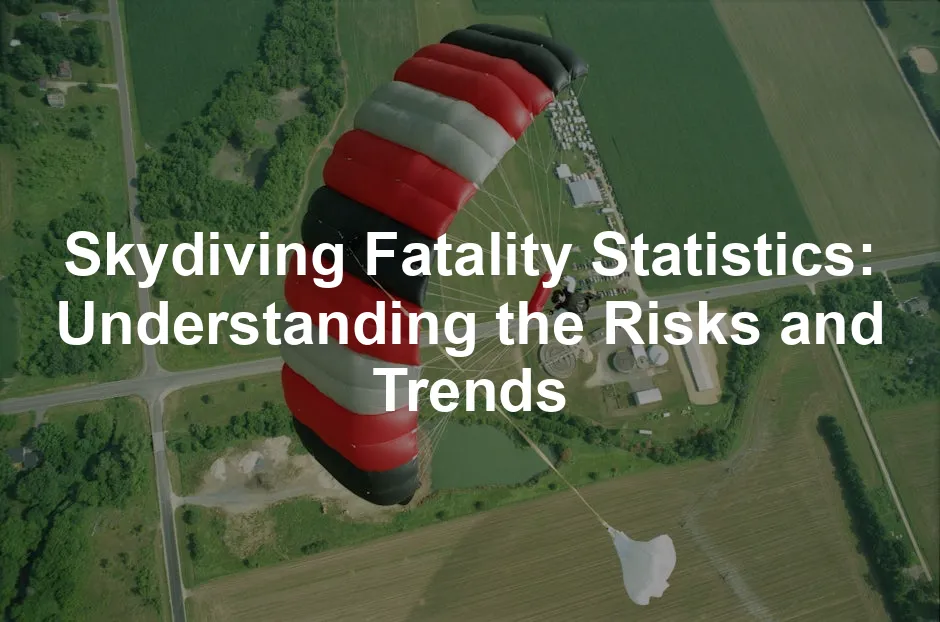Introduction
Skydiving is the ultimate thrill-seeker’s sport. Racing through the sky at breakneck speeds, the freedom of freefalling is exhilarating. However, many people are left wondering, “Is it safe?” This question often stems from the misconceptions that surround extreme sports.
Contrary to popular belief, skydiving isn’t as dangerous as it sounds. In 2023, the United States Parachute Association (USPA) recorded just ten fatalities among 3.65 million jumps. That’s a mere 0.27 deaths per 100,000 jumps! Given this information, it’s essential to put the risks into perspective.
Understanding fatality statistics is crucial for anyone considering skydiving. It helps individuals make informed decisions about their safety and the sport itself. This article aims to provide a comprehensive look at skydiving fatality statistics, trends, causes, and safety measures.
Did you know that in 2023, skydiving fatalities hit a record low? This surprising statistic is a testament to the advancements in safety protocols, equipment, and training within the skydiving community. To capture your skydiving adventures, consider the GoPro HERO10 Black – Waterproof Action Camera. Capture every heart-pounding moment as you plunge into the abyss!
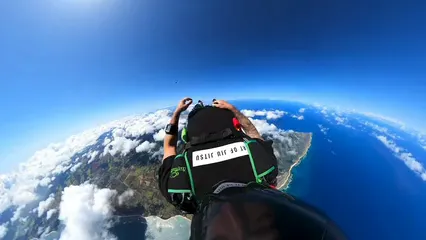
The Evolution of Skydiving Fatality Statistics
Historical Context
Skydiving has a rich history, evolving from military training to a popular recreational activity. The sport took off in the 1960s, but back then, it was a dangerous endeavor. Fatality rates were alarmingly high, with estimates of six to eleven fatalities per 100,000 jumps. Such statistics fueled fears and misconceptions about the sport’s safety.
Over the decades, the skydiving industry has undergone significant changes. The introduction of tandem jumps in the 1980s allowed novices to experience freefall under the guidance of certified instructors. This innovation dramatically improved safety for beginners. If you’re looking to take that leap of faith, a Tandem Skydiving Experience Gift Voucher could be the perfect way to introduce someone to the thrill of skydiving!
The late 1970s marked a turning point. The annual number of fatalities steadily declined as safety protocols and technology advanced. By the 2000s, the fatality rate had dropped to around 25 deaths per year, reflecting the ongoing commitment to safety.
More recently, the trend has continued. In 2023, the skydiving fatality rate reached its lowest point in history, with just ten fatalities. This improvement is attributed to better training, advanced equipment, and a more safety-focused culture among skydivers. Equip yourself with the right gear like a Skydiving Helmet with Visor to protect yourself while you enjoy the thrill!
Key Statistics Over the Years
To illustrate this evolution, consider the following statistics. The USPA has meticulously tracked fatalities over the years, showcasing a notable decline:
- 1961: 11.12 fatalities per 100,000 jumps
- 2001: Approximately 25 fatalities per year
- 2023: 0.27 fatalities per 100,000 jumps
These statistics highlight the stark contrast between the early days of skydiving and today. The gradual decline in fatalities signifies the tireless efforts of the skydiving community to prioritize safety.
The data also reveals that most fatalities now involve experienced skydivers pushing their limits rather than equipment failures. This shift emphasizes the importance of adhering to safety protocols and making well-informed decisions during jumps.
In conclusion, skydiving’s evolution shows a promising trend towards safety. With continuous improvements, the sport remains an exhilarating yet manageable adventure for thrill-seekers. It’s vital to appreciate the statistics and understand the risks involved, enabling informed choices for those brave enough to take the leap.

Current Skydiving Fatality Statistics
Recent Data from the United States Parachute Association (USPA)
Skydiving has become increasingly popular, and with that popularity comes a wealth of statistics. In 2023, the United States Parachute Association (USPA) recorded an impressive 3.65 million jumps. Out of these, only ten ended in fatalities. This translates to a startlingly low fatality rate of just 0.27 deaths per 100,000 jumps, marking the lowest in recorded history.
To put this into perspective, the trend of fatalities over the years showcases a significant decline. For instance, back in 1961, the fatality rate was a shocking 11.12 per 100,000 jumps. Since then, advancements in safety measures, equipment, and training have driven that figure down dramatically. The table below highlights the last several years of skydiving fatalities and the corresponding number of jumps:
| Year | Skydiving Fatalities | Estimated Annual Jumps | Fatalities per 100,000 Jumps |
|---|---|---|---|
| 2023 | 10 | 3.65 million | 0.27 |
| 2022 | 20 | 3.9 million | 0.51 |
| 2021 | 10 | 3.57 million | 0.28 |
| 2020 | 11 | 2.8 million | 0.39 |
| 2019 | 15 | 3.3 million | 0.45 |
These statistics reveal a clear downward trend in fatalities despite the increasing number of jumps. The year 2023 stood out as particularly safe, with the lowest number of fatalities recorded. And for those adventurous souls, don’t forget to pack a Skydiving Gloves for Enhanced Grip. Trust me, your hands will thank you!

Fatality Rate Analysis
The current fatality rate of 0.27 per 100,000 jumps indicates that skydiving is statistically safer than many everyday activities. For comparison, the odds of dying in a car crash are approximately 1 in 93, significantly higher than the risk associated with skydiving.
When considering other recreational activities, skydiving holds up quite well. For instance, the likelihood of dying while scuba diving or even participating in sports like football is higher. In tandem jumps, where novices are securely harnessed to experienced instructors, the fatality rate drops even more. Over the past decade, the average fatality rate for tandem skydives is about one death per 500,000 jumps, further emphasizing the safety of this method.
In summary, the evolution of skydiving statistics paints a picture of a sport that has become increasingly safe. While risks are inherent in any extreme activity, the improvements in training, equipment, and safety protocols have made skydiving more accessible and less dangerous than ever before. So, for those considering taking the plunge, the current data suggests that the thrill of skydiving can be enjoyed with a reassuring level of safety.
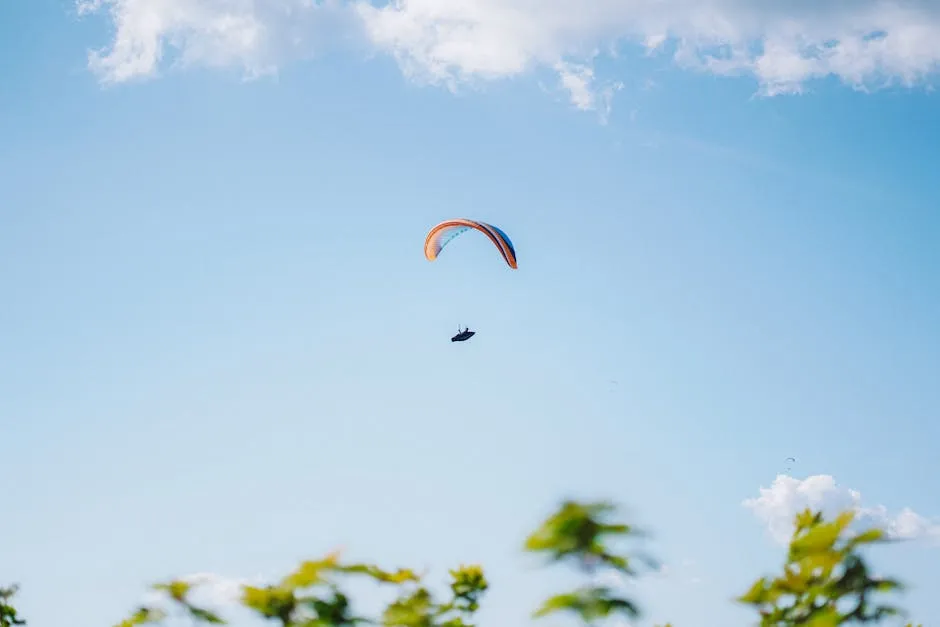
Factors Influencing Fatalities
Skydiving is thrilling, but with excitement comes risk. Understanding what contributes to fatalities can help potential jumpers make informed decisions. Fatalities in skydiving can primarily be categorized into three areas: landing problems, equipment failures, and medical emergencies.
Landing problems account for a significant portion of fatalities, often occurring when jumpers misjudge their descent. In fact, in 2023, six out of ten fatalities were related to landing issues. The most common culprits include intentional low turns and navigational errors. For instance, a seasoned jumper attempted a risky 270-degree turn at a low altitude and tragically lost control, resulting in a fatal impact. Such decisions are notorious for ending poorly, especially in gusty winds. To avoid such mishaps, wearing a Skydiving Jumpsuit – Windproof and Durable can help you glide smoothly through the air!
Equipment failures are another critical factor, albeit less frequent. While modern parachutes are rigorously tested, there are instances where things go awry. For example, in 2023, one fatality resulted from a malfunctioning main parachute entangling with the reserve. This highlights the importance of proper equipment maintenance and thorough pre-jump checks.
Medical emergencies, though less common, can also lead to fatalities. In 2023, a jump resulted in a tragic loss linked to a pre-existing health condition. Such cases remind us that skydivers need to be mindful of their health and seek medical clearance before jumping. And while you’re at it, make sure to have a First Aid Kit for Outdoor Adventures on hand just in case!
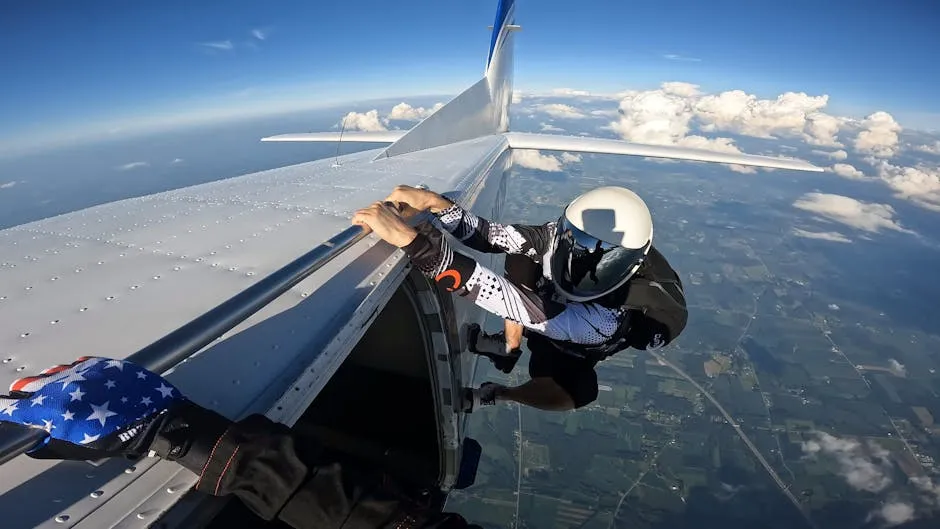
Human Error vs. Equipment Failure
Human error plays a predominant role in skydiving fatalities. Statistics reveal that most fatal incidents occur due to poor decision-making rather than equipment failure. For instance, the USPA has indicated that around 70% of fatalities happen during the first freefall, often involving jumpers with fewer than 100 jumps. The thrill of trying advanced maneuvers sometimes overwhelms the importance of safety protocols.
While equipment failures do occur, they account for a mere 10% of fatalities. Modern skydiving gear, including reserve parachutes and automatic activation devices (AADs), is designed to minimize risks. Notably, in 2023, approximately 12% of skydivers utilized their reserve parachutes, reinforcing the effectiveness of safety measures. If you’re looking for peace of mind, consider investing in an Automatic Activation Device (AAD) for Parachutes. Safety first, folks!
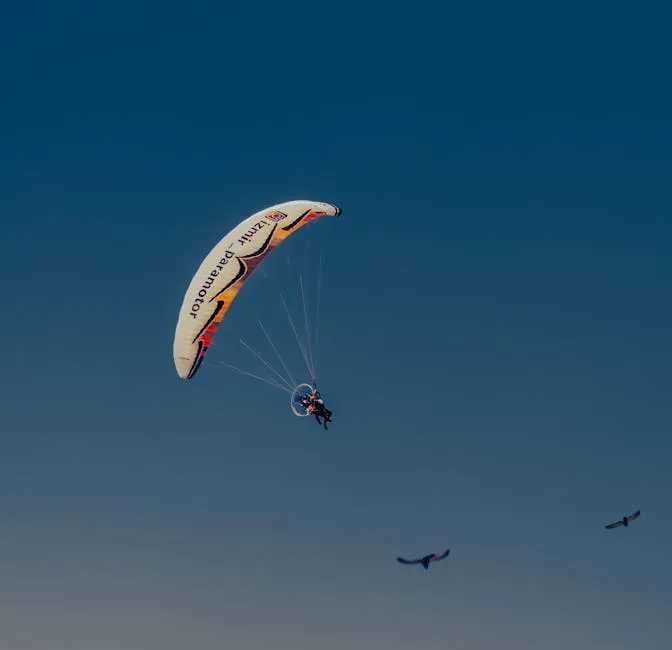
Breakdown of Fatality Causes
Landing Problems: Landing issues are the leading cause of fatalities. Intentional low turns are particularly dangerous. Experienced jumpers may underestimate the risks associated with performing aggressive maneuvers close to the ground. In 2023, four fatalities resulted from low turns initiated at unsafe altitudes.
Equipment Malfunctions: While rare, equipment failures can be deadly. In 2023, one fatality was linked to a knotted steering line, causing a malfunction. Regular maintenance and thorough preflight checks can significantly reduce these risks. If you’re serious about your skydiving, consider carrying a Reserve Parachute – Safety Backup to ensure you always have a fallback!
Medical Emergencies: Health issues can also pose risks during skydiving. Skipping medical clearance can lead to tragic outcomes. In 2023, a jumper experienced a medical emergency during a jump, leading to a fatal impact.
Understanding these factors can help skydivers prioritize safety and make informed decisions. With proper training and adherence to safety protocols, the risks associated with skydiving can be managed effectively, making the experience enjoyable while minimizing fatalities.
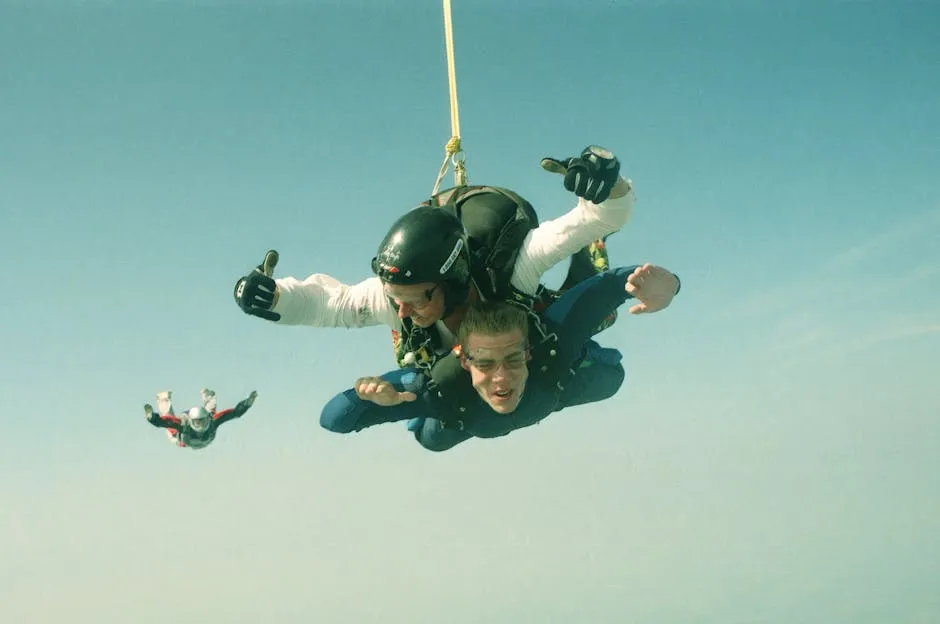
Lessons Learned from Fatalities
Skydiving can be exhilarating, but it’s not without risks. Analyzing fatality statistics reveals essential lessons for jumpers. First, most deaths stem from human decisions rather than equipment failures. This highlights the importance of proper decision-making and adherence to safety protocols.
In 2023, six out of ten fatalities were due to landing issues. Experienced jumpers sometimes push their limits, leading to tragic outcomes. One notable case involved a jumper attempting a risky maneuver at low altitude, resulting in a fatal impact. Such decisions emphasize the need for caution and awareness.
Training plays a critical role in minimizing risks. Jumpers must understand their limits and practice safe landing techniques. Engaging in comprehensive training can make all the difference. Consistent practice and attention to safety protocols can prevent accidents and save lives.
Moreover, adhering to equipment checks is vital. Regular maintenance of parachutes and safety devices can avert potential failures. In 2023, one fatality was linked to a malfunctioning main parachute. Ensuring that gear is functioning correctly reduces the likelihood of accidents. For those who enjoy the great outdoors, having a Outdoor Survival Gear Set can be a lifesaver—literally!

Finally, skydivers should prioritize education. Understanding the factors leading to fatalities helps in making informed decisions. By learning from past incidents, jumpers can approach each jump with respect for the sport’s inherent risks. This proactive mindset fosters a culture of safety in the skydiving community.
Skydiving Safety Measures and Statistics
Advances in Safety Technology
Skydiving technology has evolved significantly over the years. Modern equipment features advanced safety mechanisms. Automatic Activation Devices (AADs) are now standard for many jumpers. These devices automatically deploy the reserve parachute if the main chute fails. In 2023, approximately 90% of experienced jumpers used an AAD, showcasing its importance.
Reserve parachutes also play a critical role in enhancing safety. They provide a backup in case the primary parachute malfunctions. In 2023 alone, there were 4,913 reported deployments of reserve parachutes. This high usage rate illustrates that safety measures are functioning effectively. Don’t forget to pack a Portable Water Filter for Hiking to stay hydrated during your outdoor adventures!
Routine equipment maintenance and checks are essential. Regular inspections help identify potential issues before they become serious problems. Skydivers should ensure their gear is in top shape before each jump. Neglecting maintenance can lead to equipment failures, which can be deadly.
Moreover, advancements in parachute design have improved safety. Modern parachutes are rigorously tested for performance and reliability. The materials used today make them more durable and efficient. As a result, they reduce the likelihood of malfunctions during freefall and landing.
Training and Regulation
Skydiving training regulations are designed to ensure jumper safety. The United States Parachute Association (USPA) sets strict standards for both instructors and students. All instructors must undergo comprehensive training and certification processes. This ensures they possess the skills necessary to teach novice jumpers effectively.
Tandem jumps are particularly beneficial for beginners. In a tandem jump, a novice is securely harnessed to an experienced instructor. This method allows first-time jumpers to experience freefall with minimal risks. Statistical data shows that tandem jumps have a significantly lower fatality rate compared to solo jumps. In fact, the average fatality rate for tandem jumps is approximately one in 500,000. This starkly contrasts with the higher risks associated with solo skydiving.
Additionally, tandem jumps help build confidence for future solo jumps. Novices gain valuable experience and insight into the skydiving process. This experience allows them to make better decisions during their future jumps. Proper training and guided experiences can lead to safer skydive practices and a more enjoyable experience for all involved. And for post-jump relaxation, a Camping Hammock – Lightweight and Portable is a perfect way to unwind!
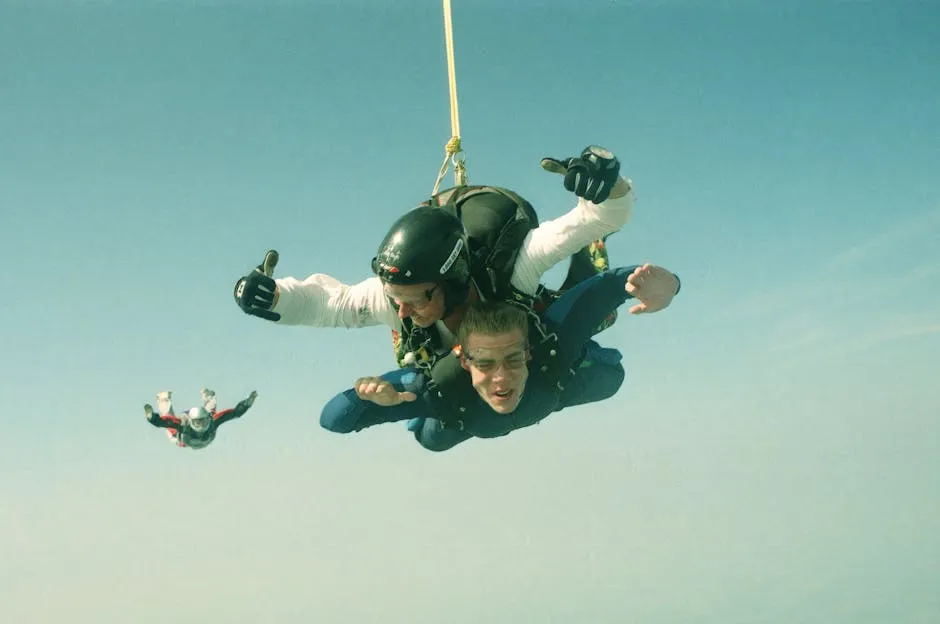
In summary, understanding safety technology and training regulations is crucial for every skydiver. As the community continues to prioritize safety, the sport becomes more accessible and less hazardous. By staying informed and adhering to these guidelines, jumpers can enjoy the thrill of skydiving while minimizing risks.
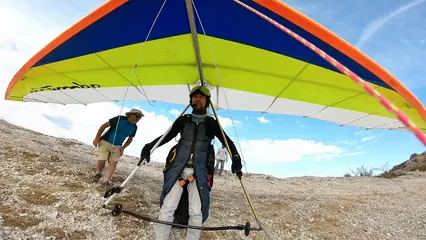
Comparison of Risks
Skydiving is often misunderstood, especially when comparing tandem jumps to solo ones. The statistics paint a clear picture. Tandem skydiving boasts a significantly lower fatality rate. In fact, the average fatality rate for tandem jumps is about one death per 500,000 jumps. That’s like winning the lottery—only you’re not losing your life, just a chance at a jackpot!
Solo skydivers, however, face higher risks. Statistics show that solo jumps result in fatalities at a rate of approximately one in 220,000. The higher risk among solo jumpers often stems from human error. Many experienced jumpers push their limits with advanced maneuvers, which can lead to catastrophic outcomes. Meanwhile, tandem jumpers, securely harnessed to seasoned instructors, enjoy a relatively safer experience. They’re less likely to face those risky decisions, as the instructor takes the lead. For those interested in tracking their jumps, a Skydiving Logbook – Track Your Jumps can be a fun way to remember your adventures!
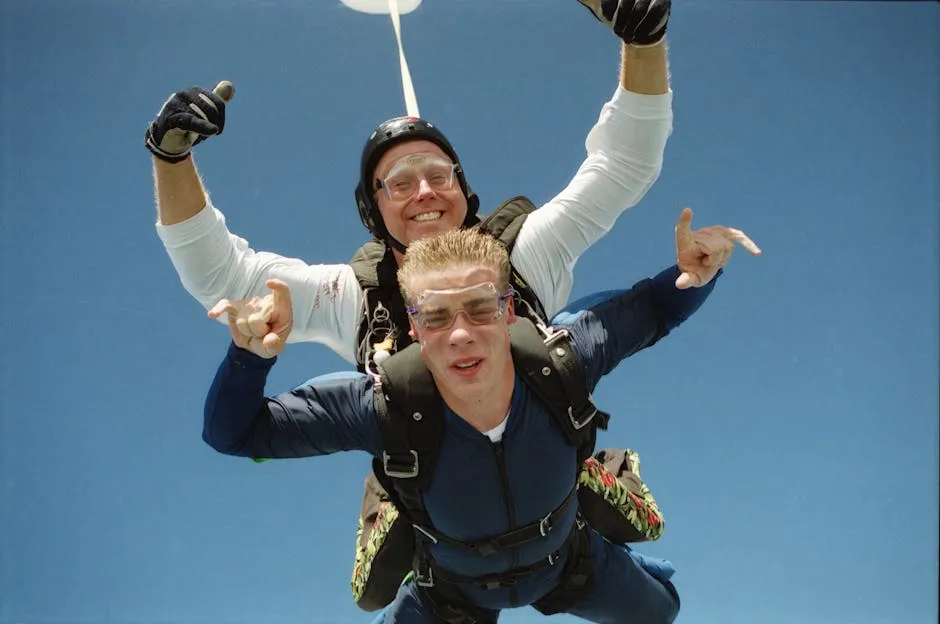
When it comes to public perception, there’s a disconnect. Many people visualize skydiving as a perilous activity filled with reckless daredevils. Yet, the data suggests otherwise. In 2023, the fatality rate reached a record low of 0.27 deaths per 100,000 jumps. This statistic contradicts the dramatic narratives often portrayed in media. The reality is that skydiving safety has come a long way.
Understanding these statistics can help ease fears. The risks associated with tandem skydiving are considerably lower than those of solo endeavors. So, while the thrill of freefalling is undeniable, embracing the safety measures in place can make the experience even more enjoyable. And don’t forget to stay active with a Fitness Tracker – Monitor Your Activity before and after your jumps!
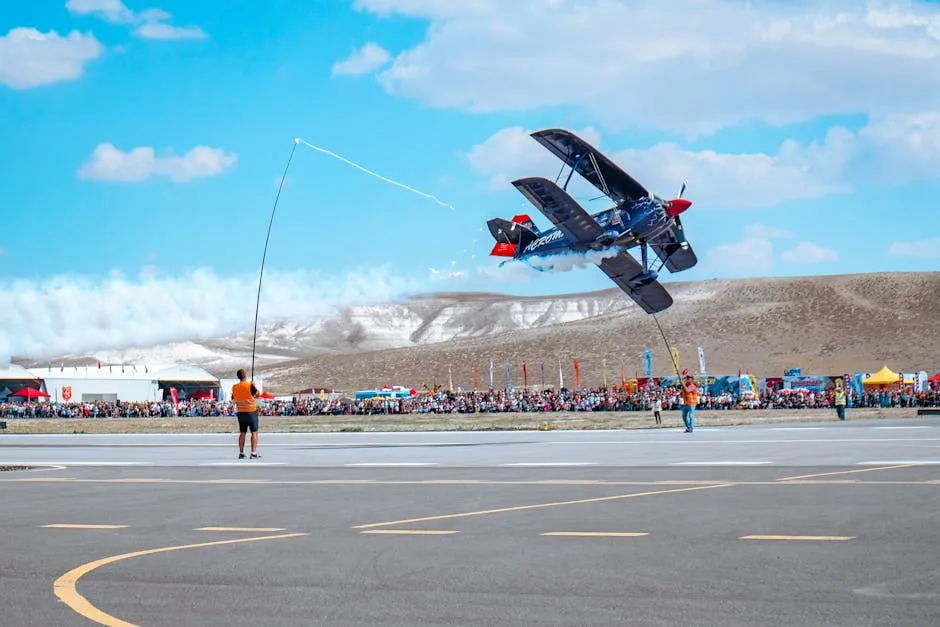
FAQs
What is the current fatality rate for skydiving?
The most recent statistics indicate that the fatality rate for skydiving in 2023 is 0.27 deaths per 100,000 jumps. This represents a significant decrease over the years, showcasing improvements in safety protocols and equipment.
Are tandem jumps safer than solo jumps?
Yes, tandem jumps are statistically safer than solo jumps. The fatality rate for tandem skydives is approximately one death per 500,000 jumps, while solo jumps have a fatality rate of about one in 220,000.
What are common causes of injuries in skydiving?
Injuries in skydiving often occur during landing, with ankle injuries being the most common. Other injuries can result from improper landing techniques or high-speed collisions with other jumpers during freefall.
How can I ensure my skydiving experience is safe?
To ensure a safe skydiving experience, choose a reputable drop zone with certified instructors. Attend all safety briefings, follow the guidance provided, and always check that your equipment is in good condition before jumping.
What should I do if I have a medical condition?
Individuals with pre-existing medical conditions should consult with a physician before considering skydiving. It’s essential to ensure that the condition does not pose any risks during the jump. Many skydiving centers require medical clearance for certain conditions to ensure safety.
Please let us know what you think about our content by leaving a comment down below!
Thank you for reading till here 🙂
All images from Pexels

